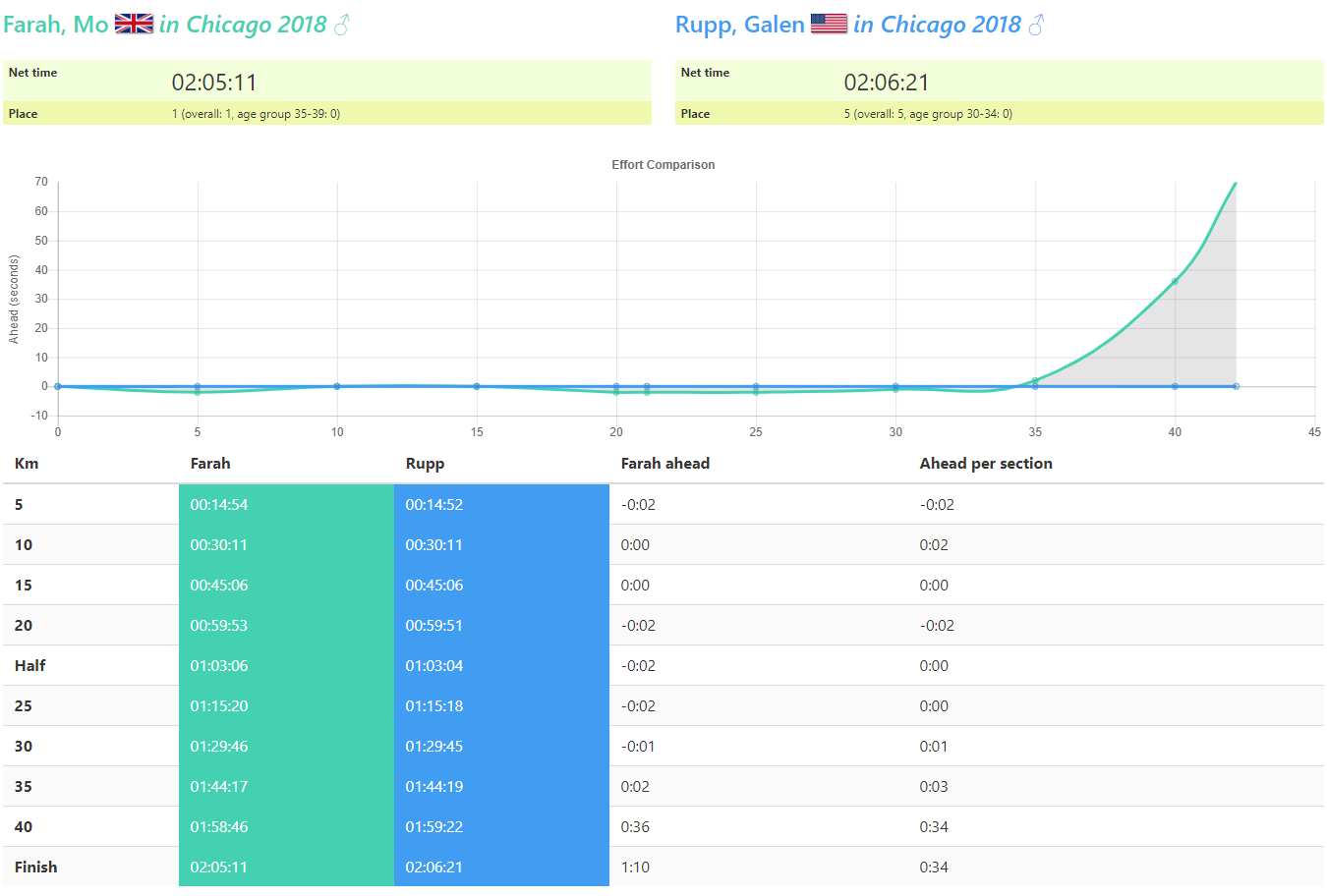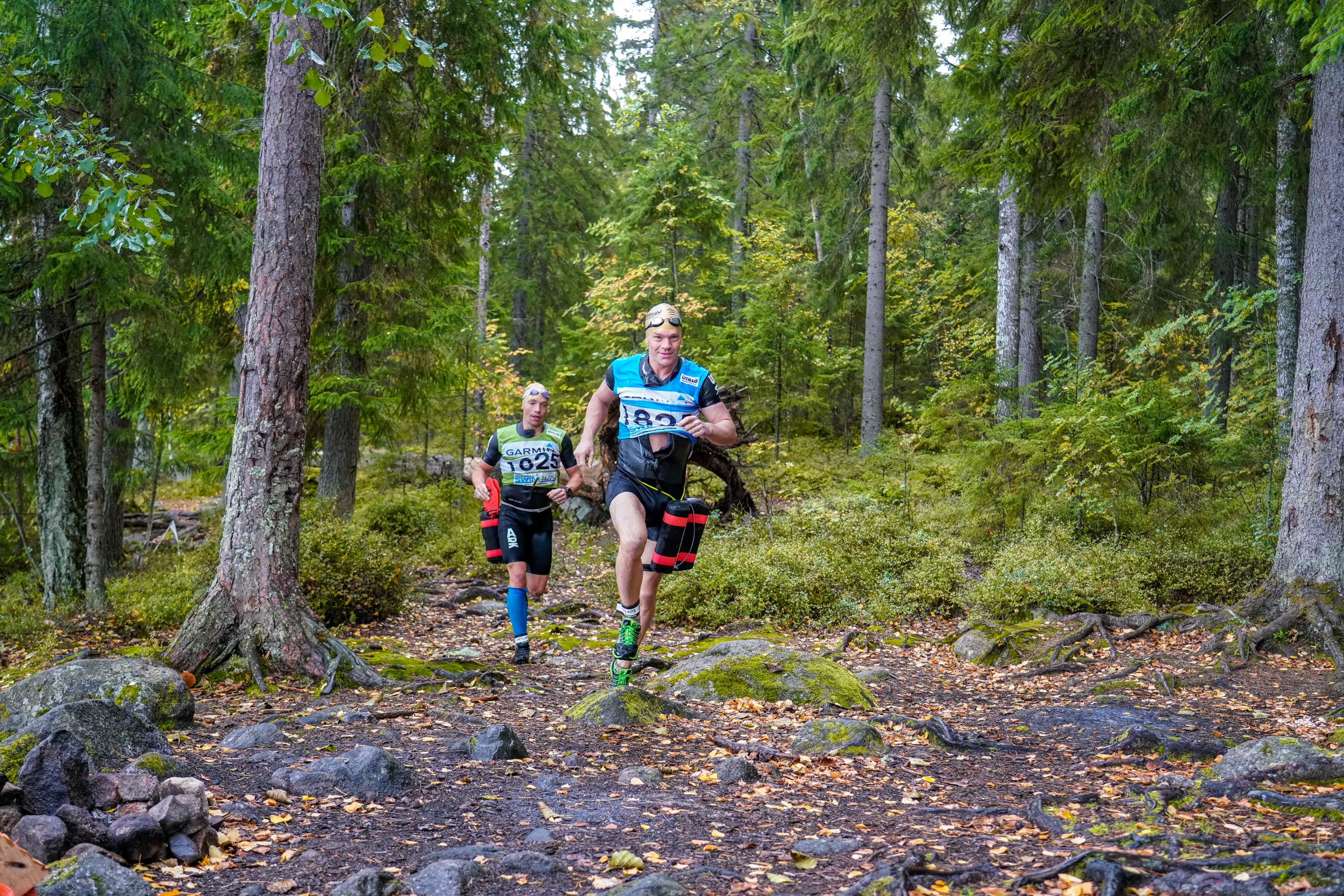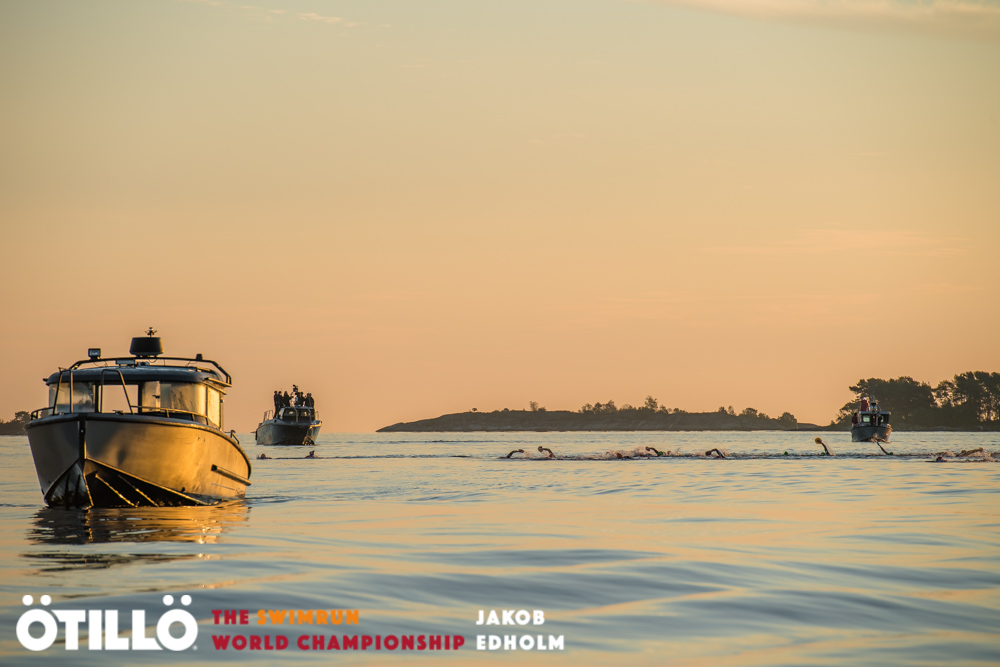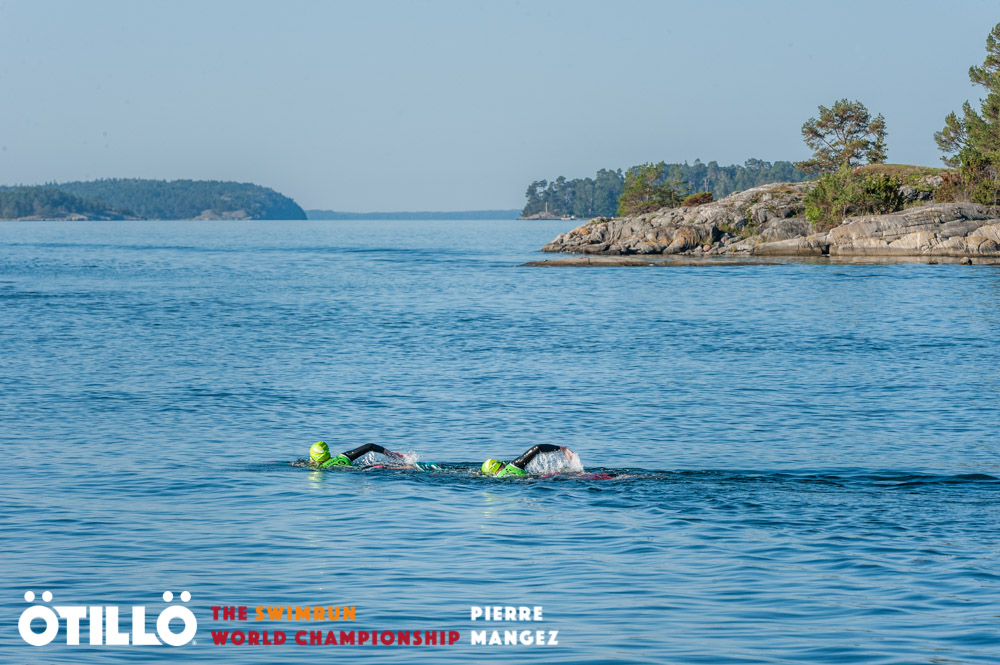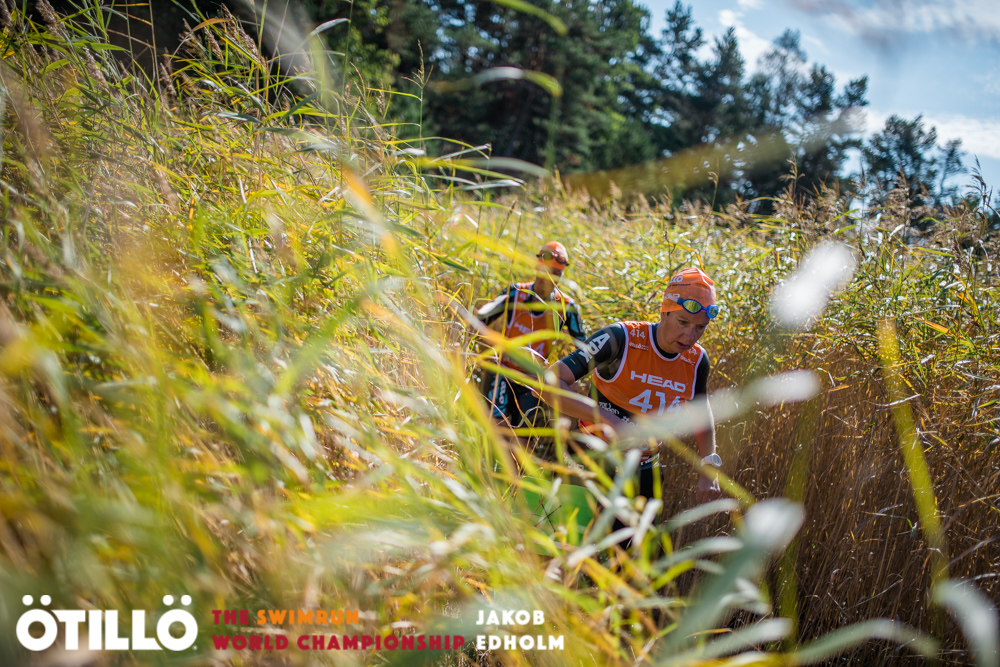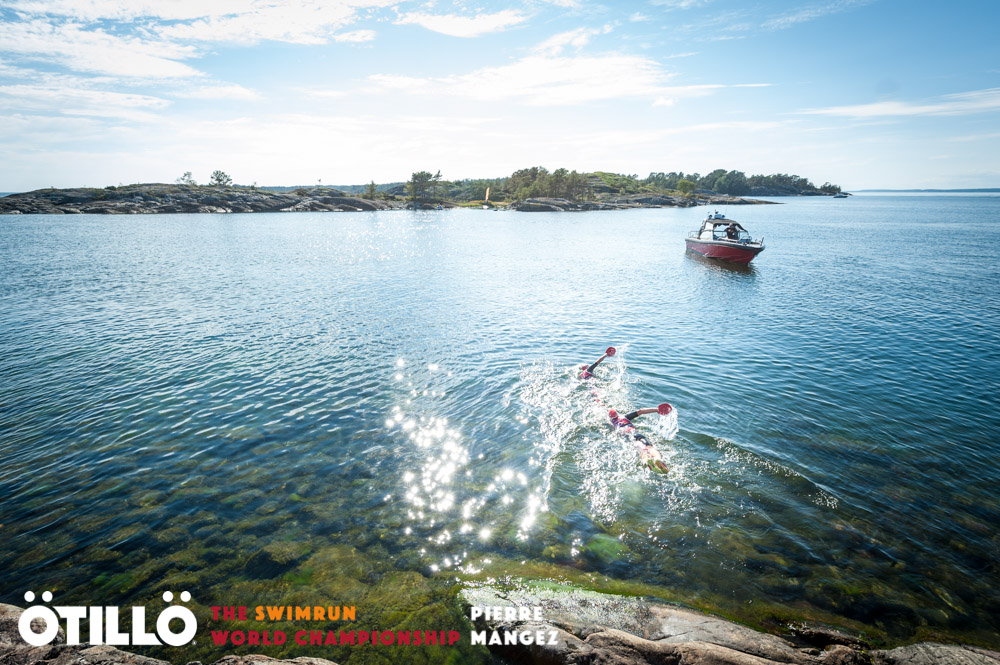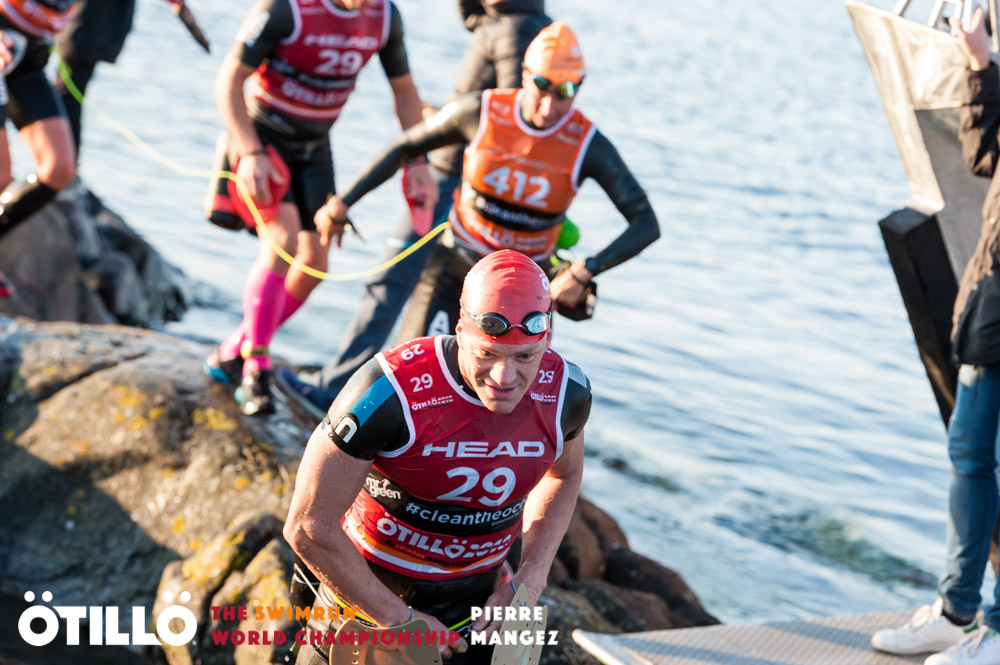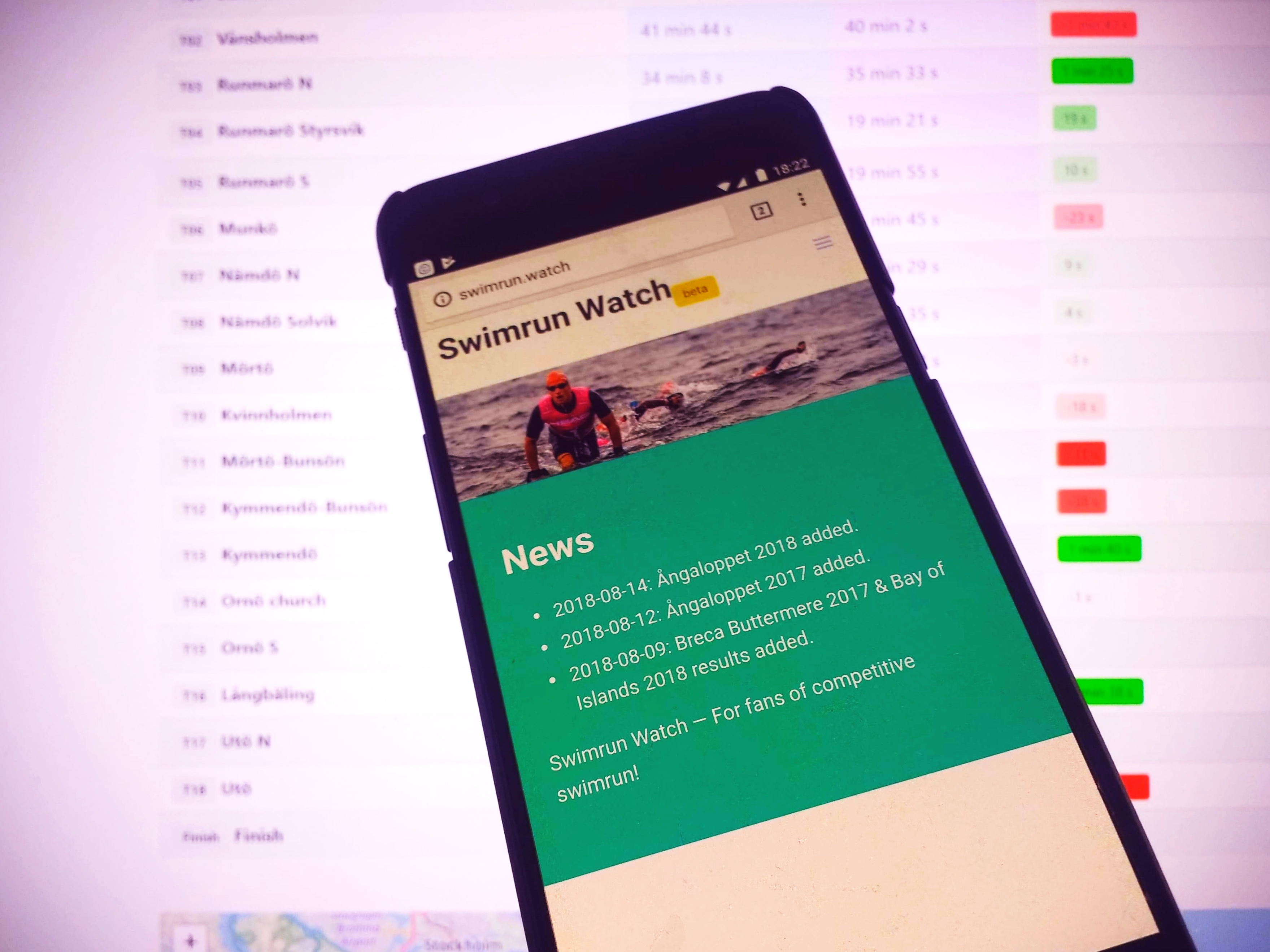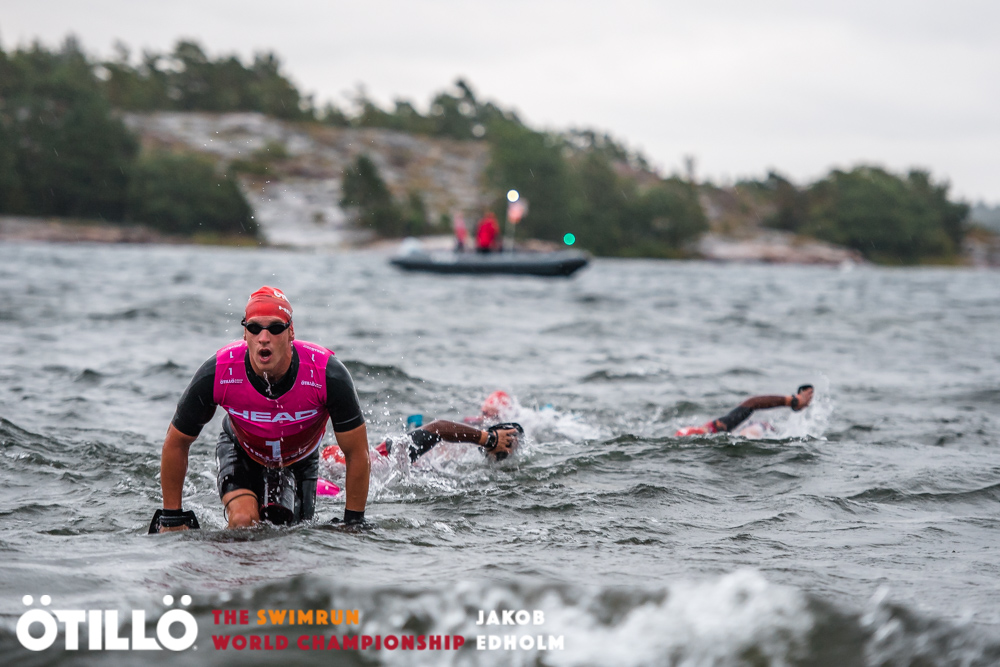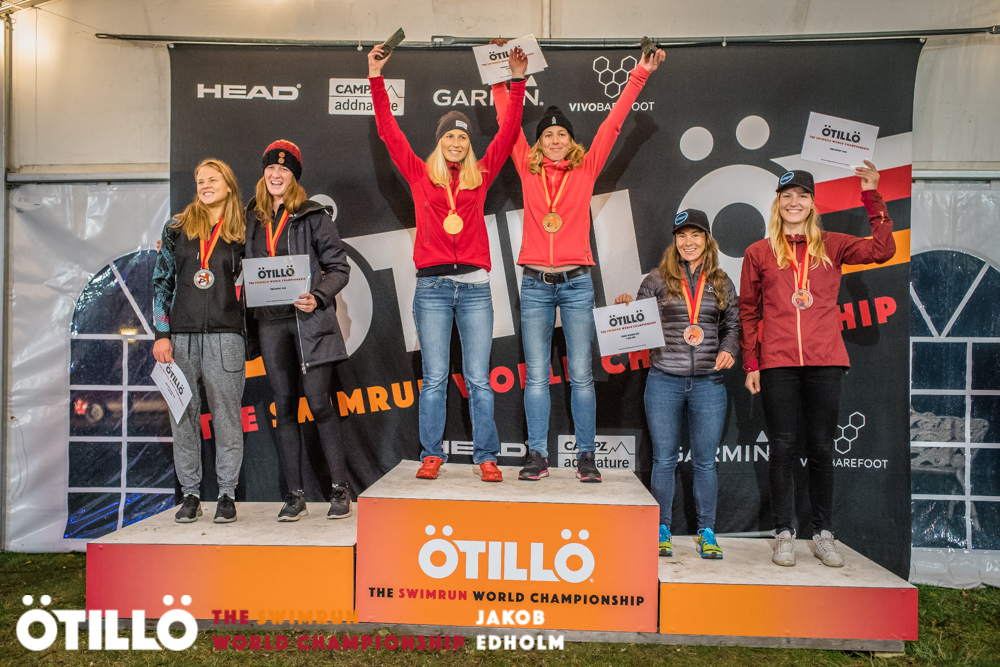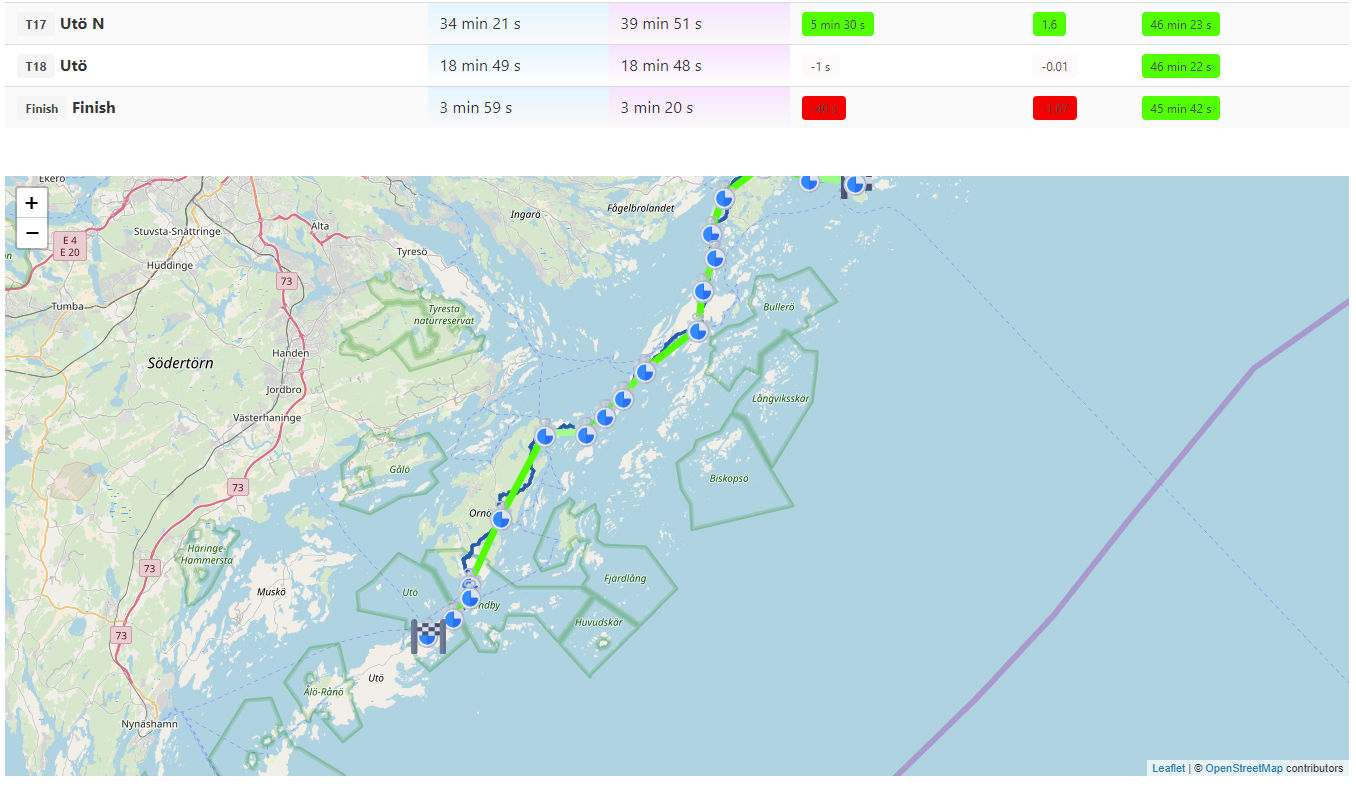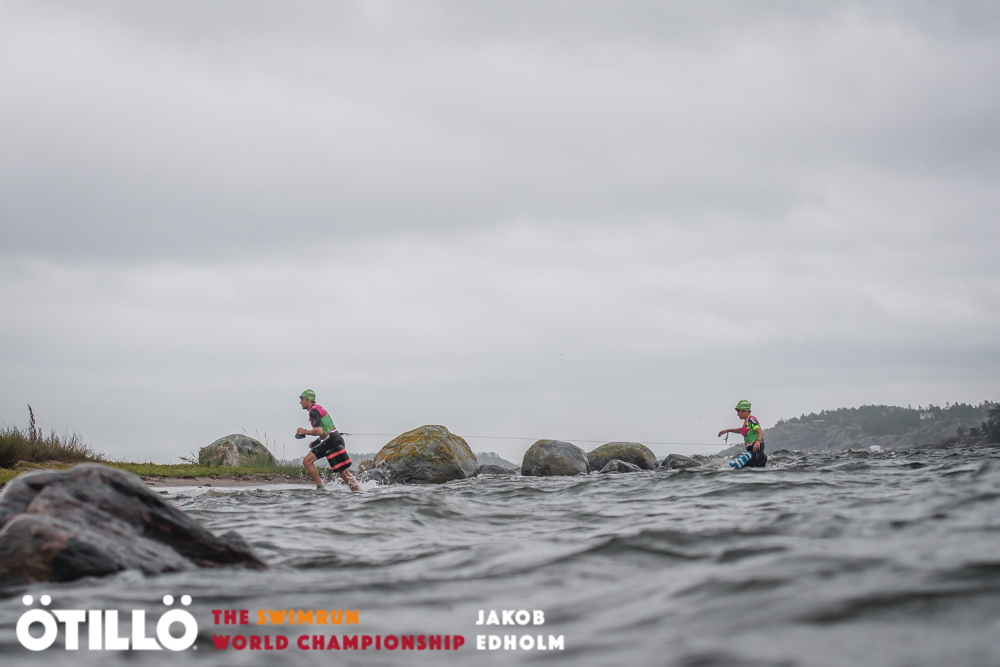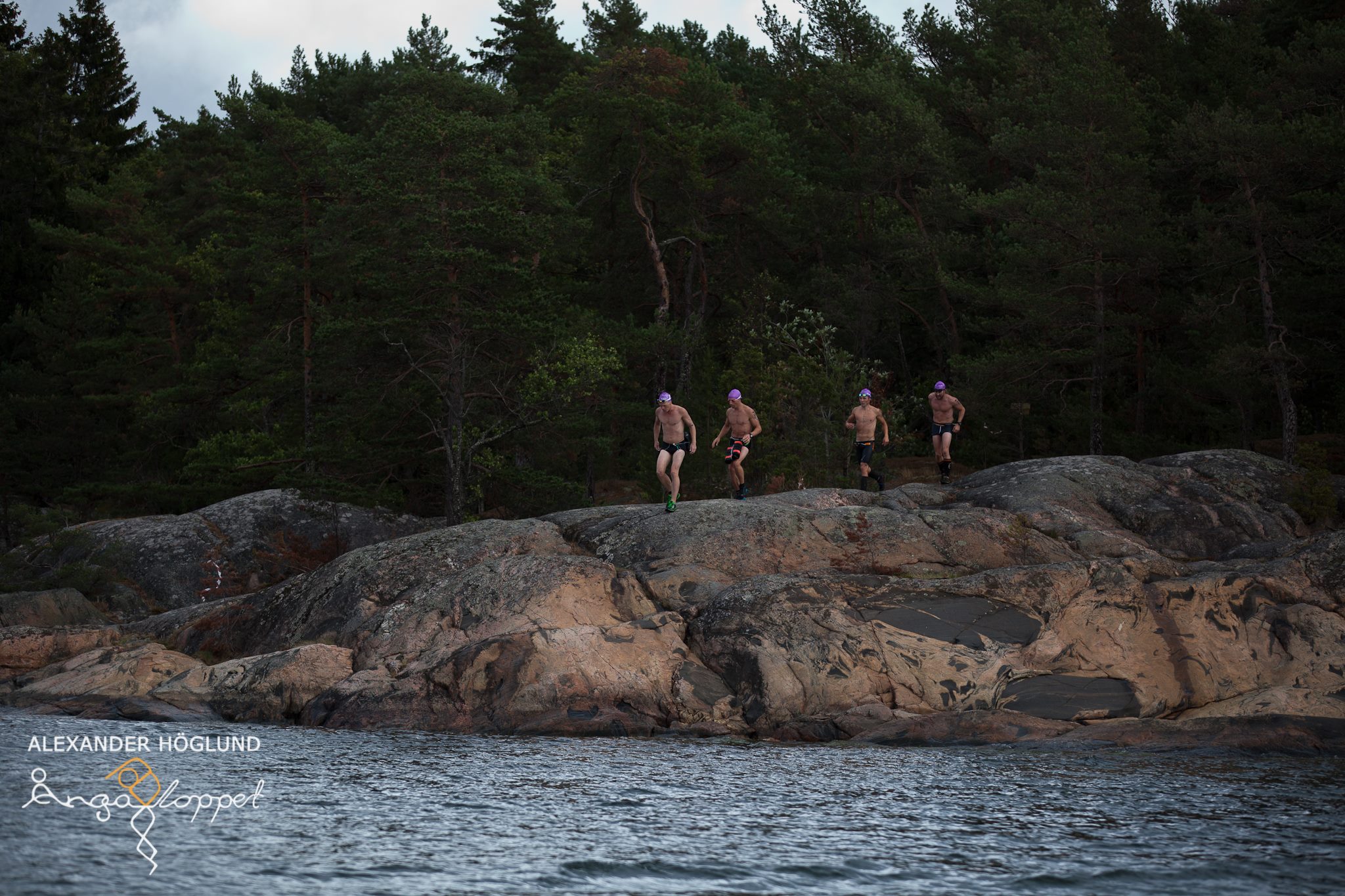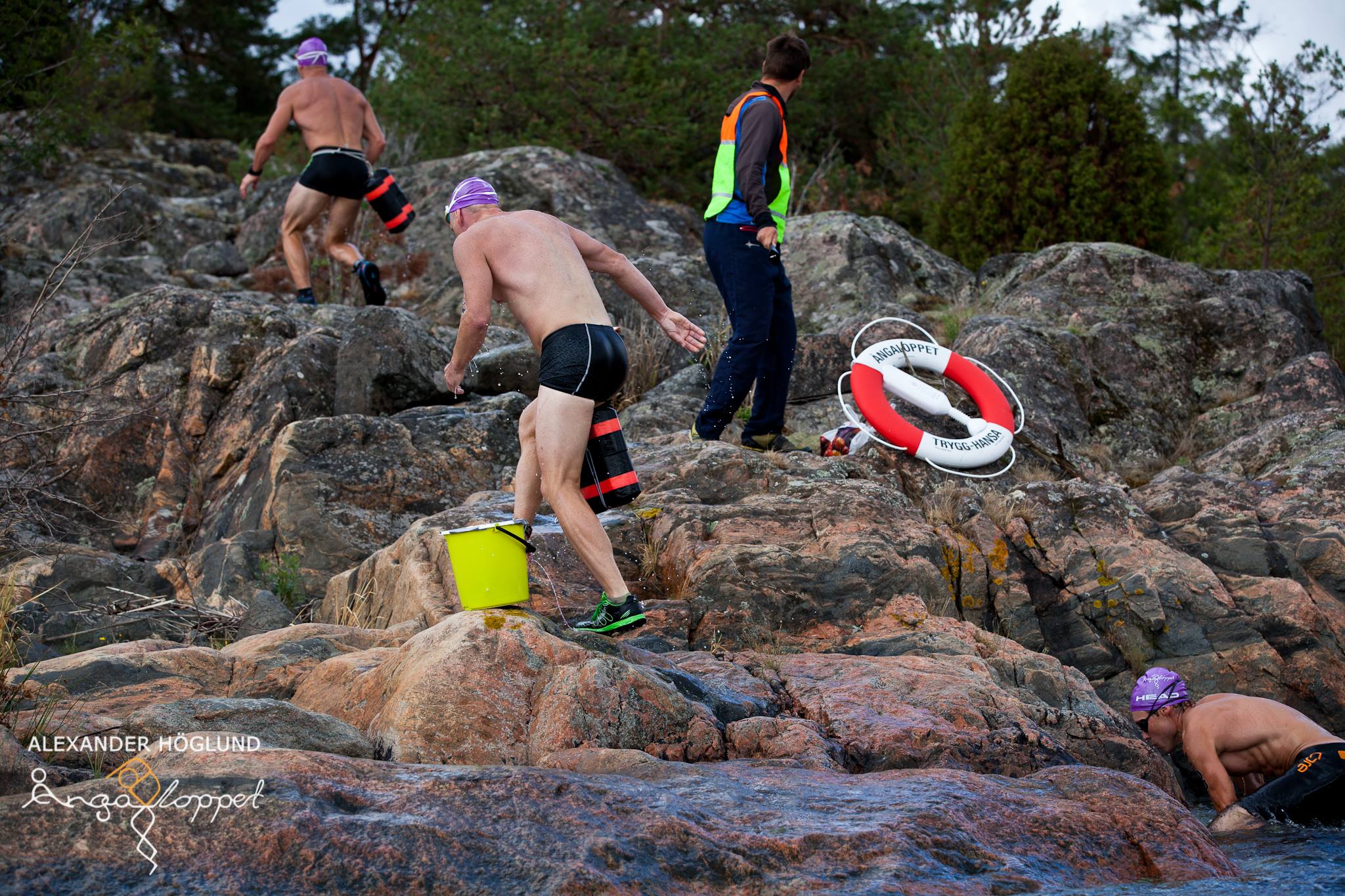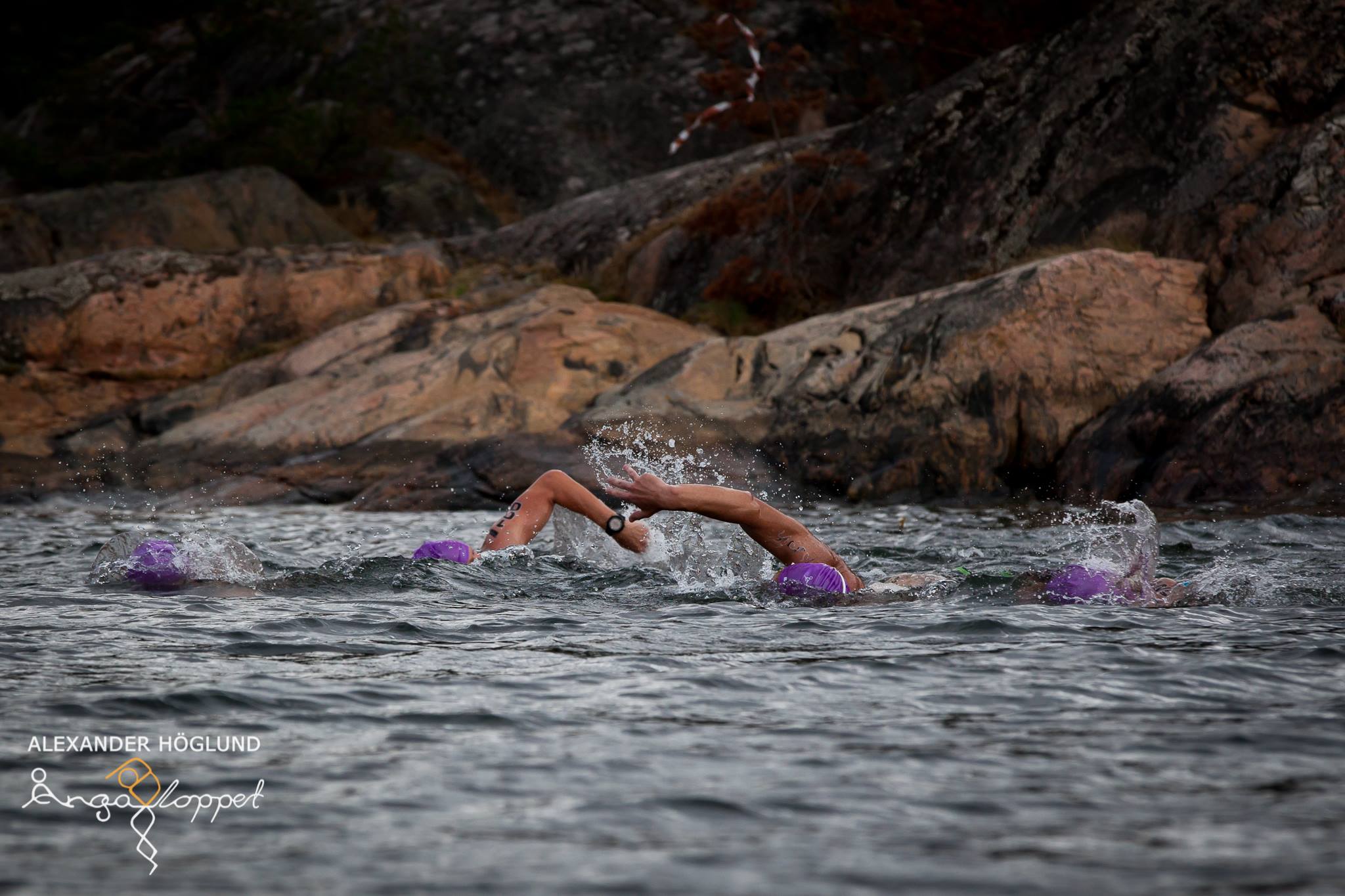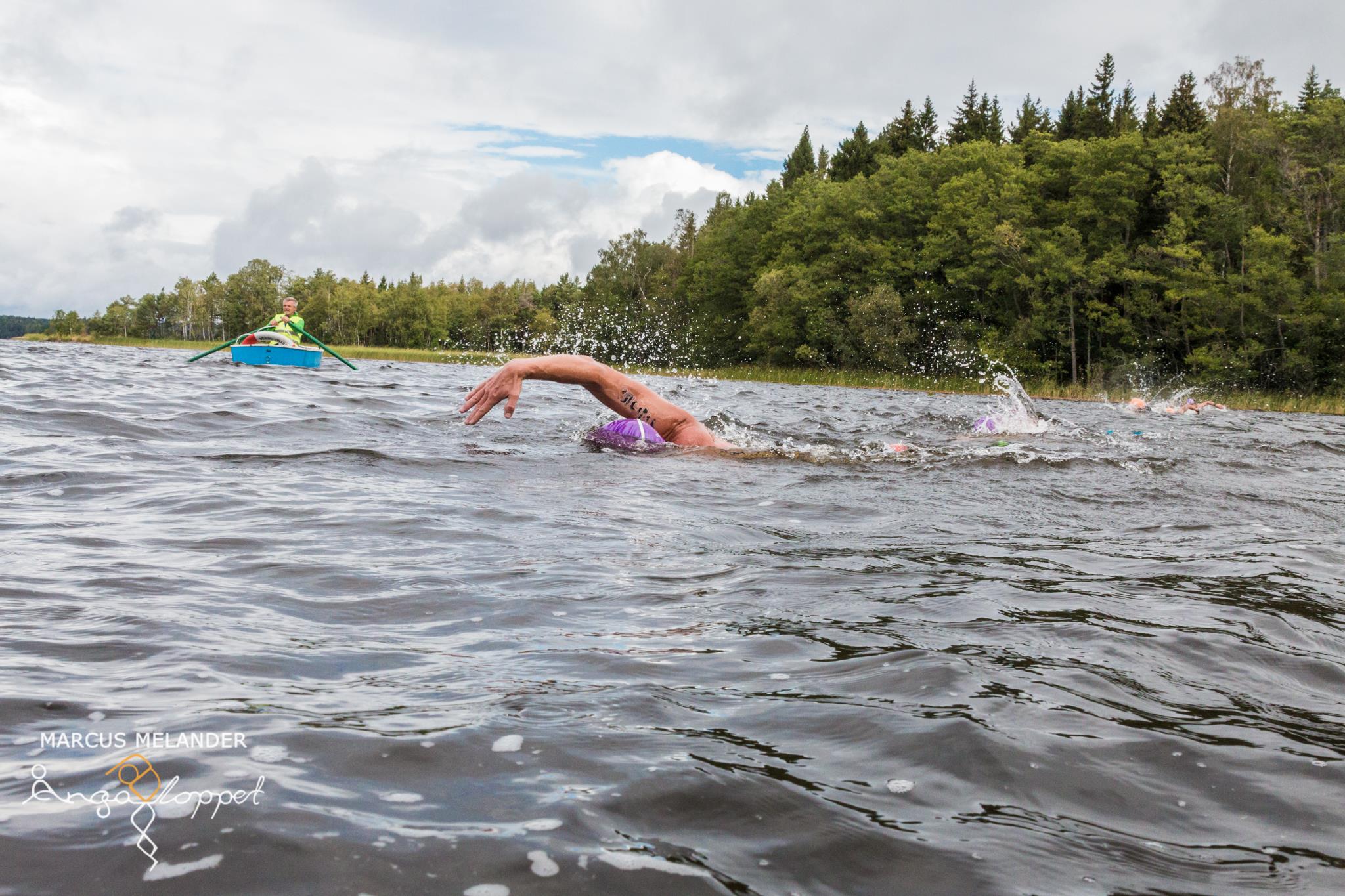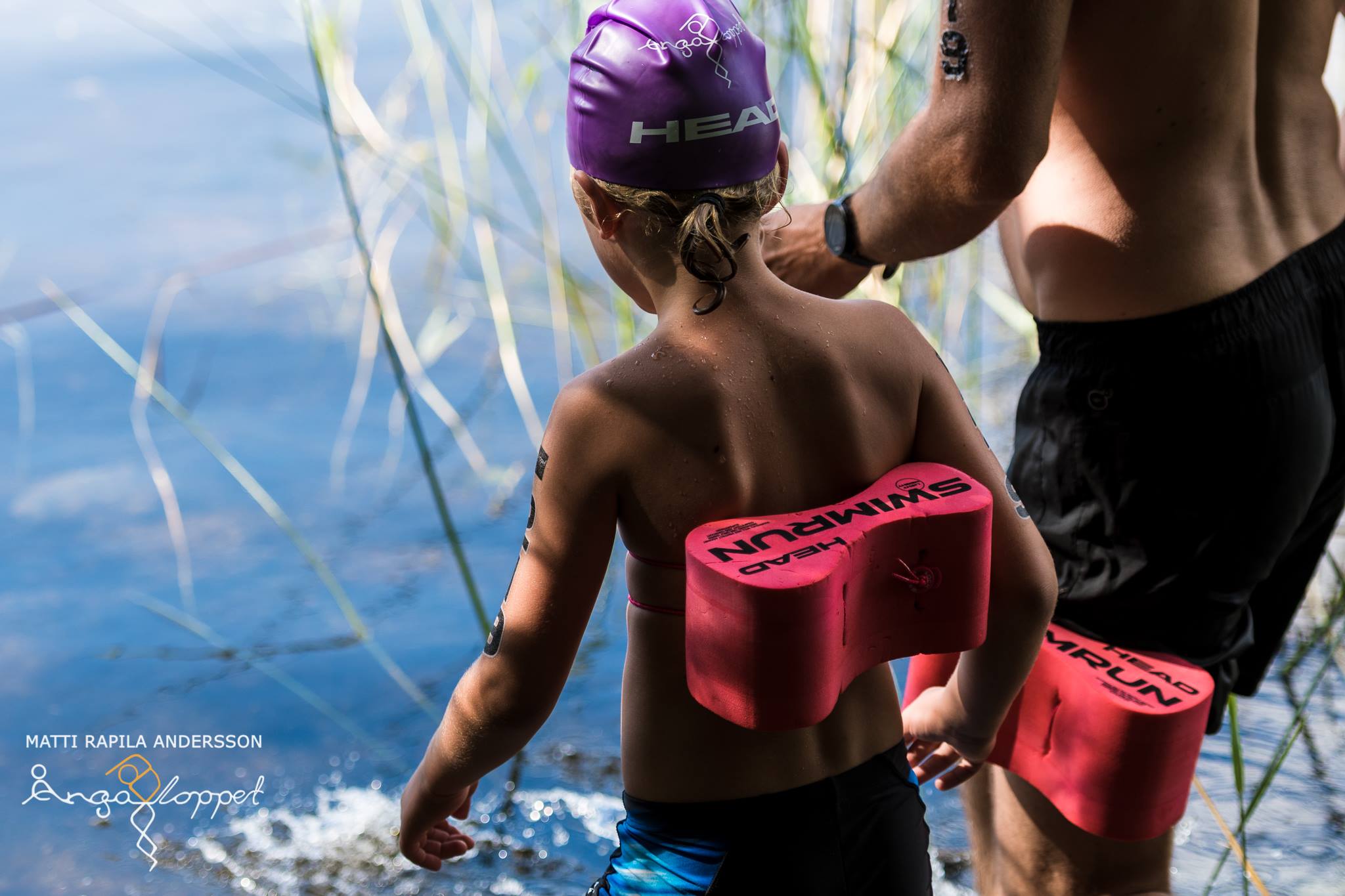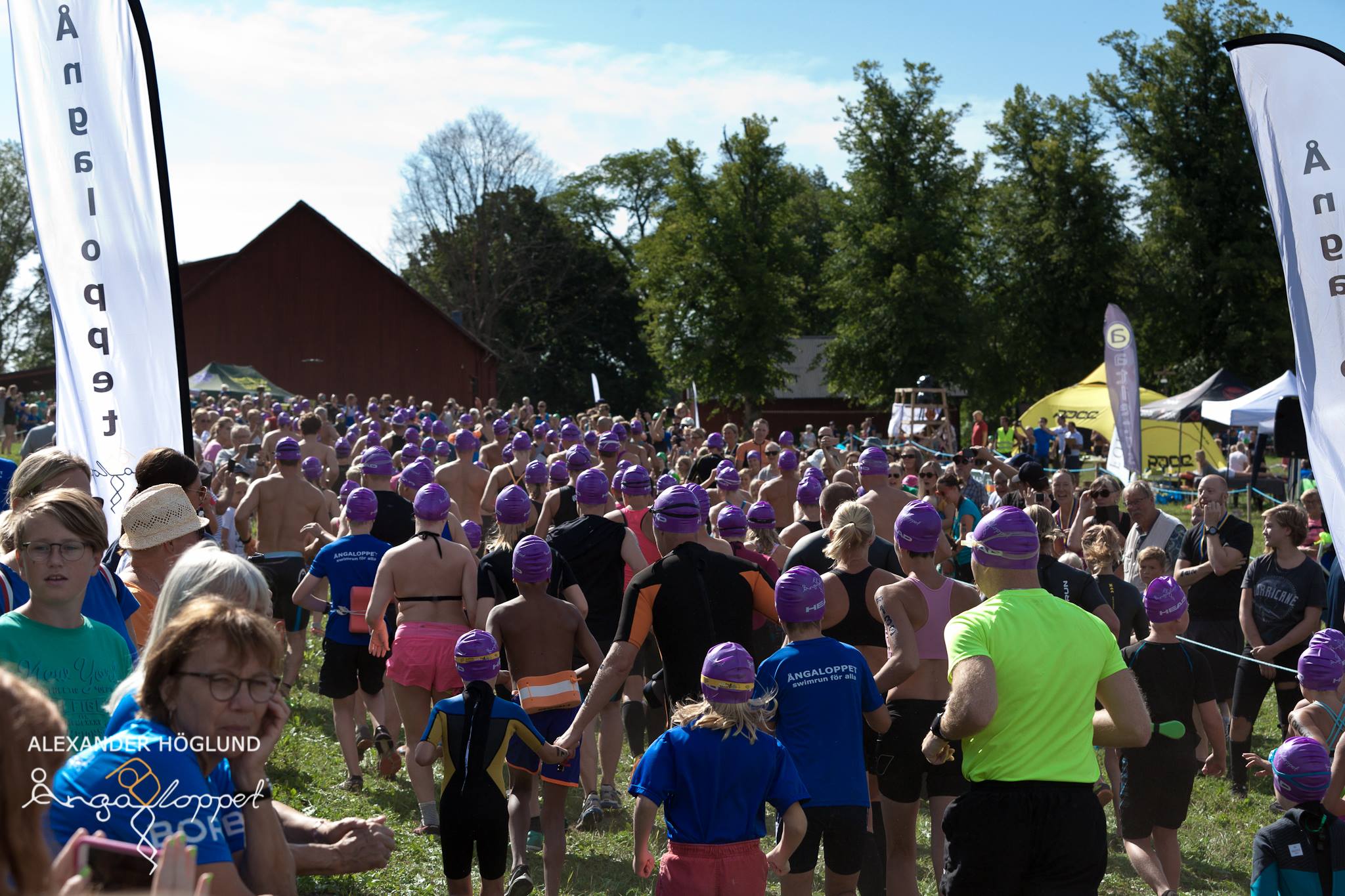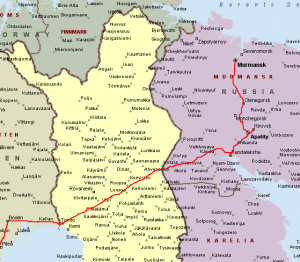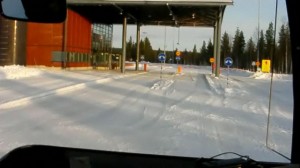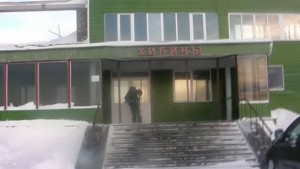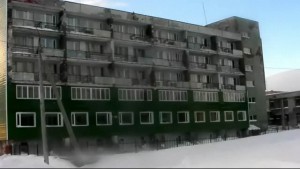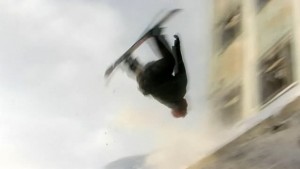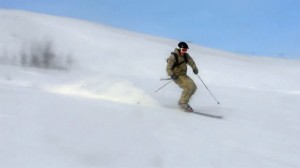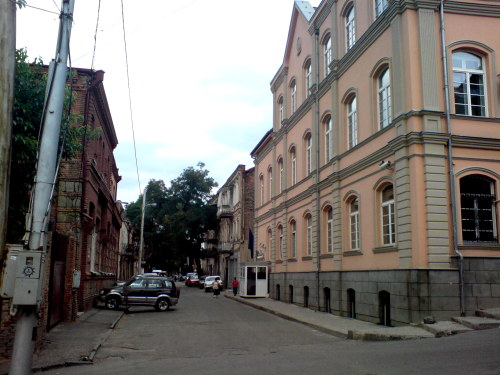
The EU Commission delegation office in Tbilisi.
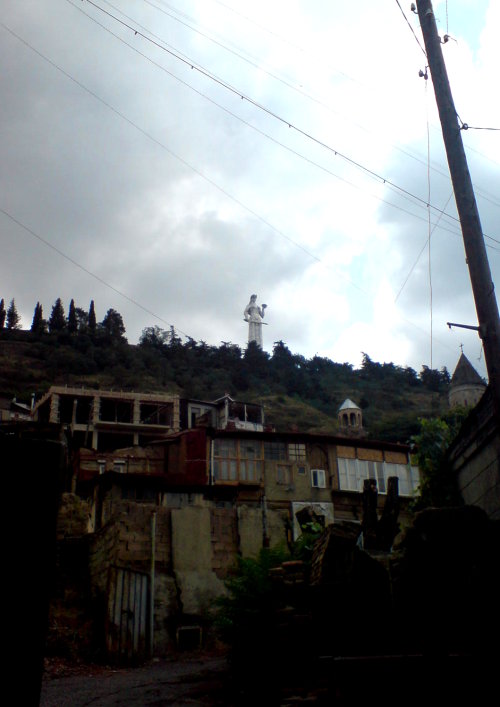
The founder watching over the city of Tbilisi.
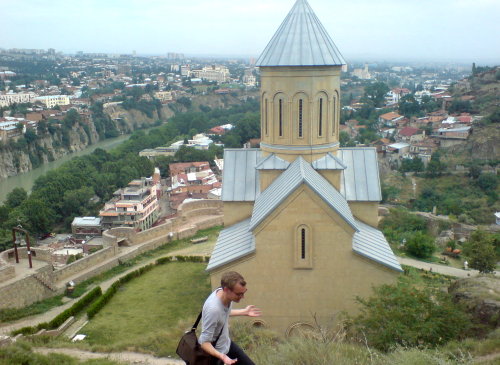
Narikala in the old part of Tbilisi.
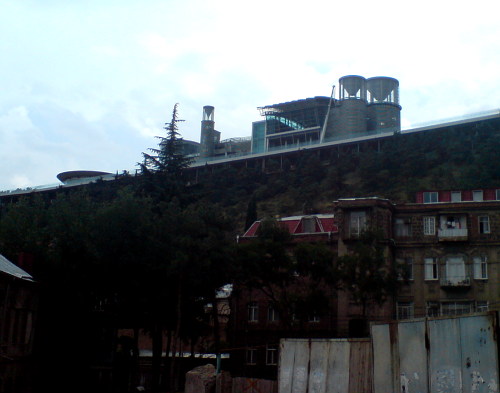
What is that? Premises of Dr. No?
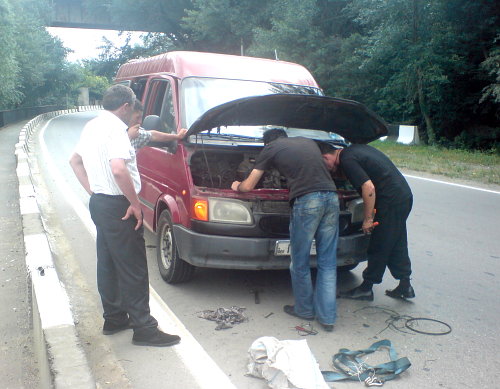
When trying to get to the northern Kazbegi region, our marshrutka (a minibus) broke down. First a couple of people came to aid us, but we later had to jump into a new marshrutka. At one instance, an old BMW 3 series convertible pulled over. The driver took a bolt out of the roof fitting and handed it to the marshrutka driver. The BMW driver jammed an ill-fitting screw where the bolt had been in his roof and drove away.
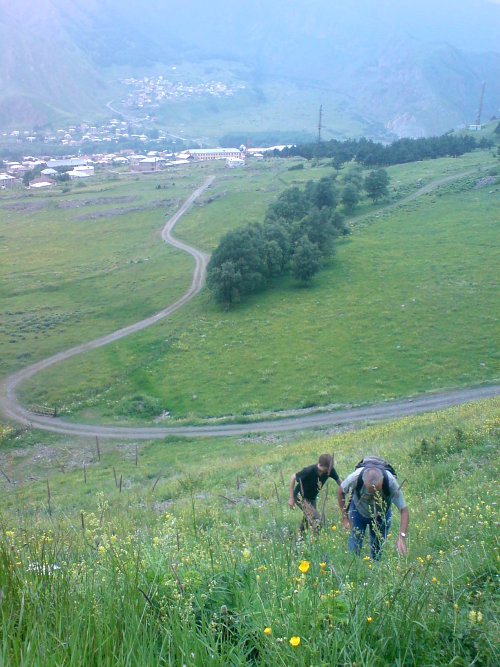
Meadow in Stepantsminda, Kazbegi. In the Caucasus, meadows may be horizontal or vertical.
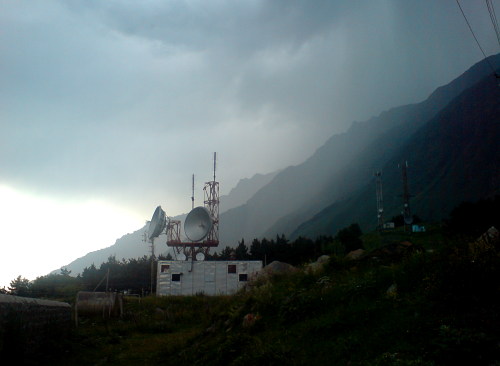
Telecom, tv, military communications? No idea.
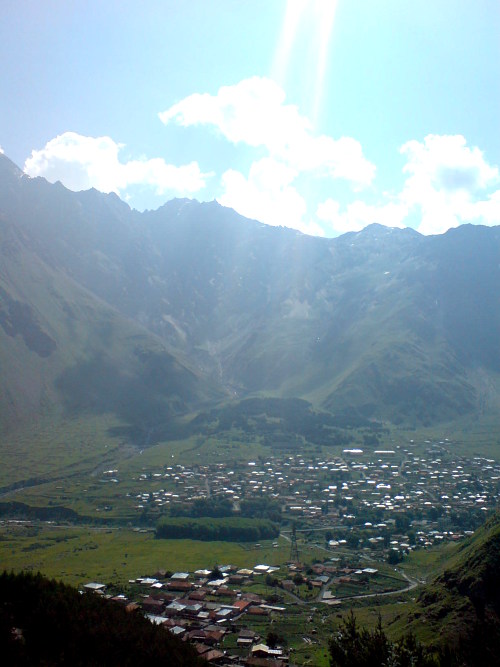
Stepantsminda and Gereti.
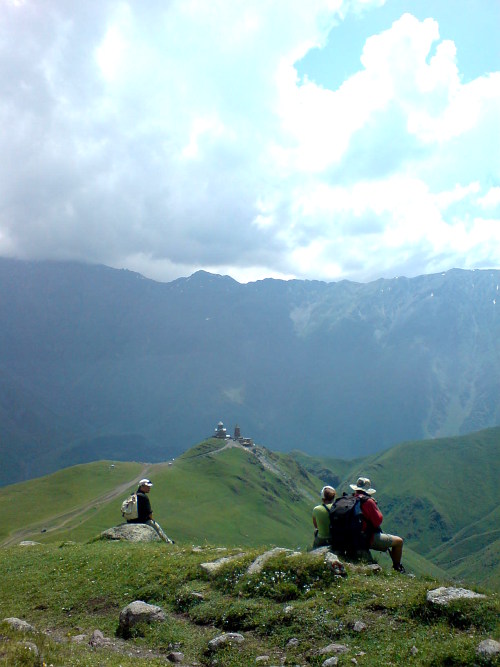
The Mtatsminda Zamemba church, as seen on our way up Mt. Kazbeg.
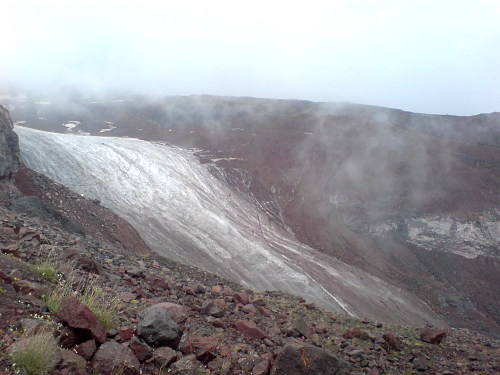
Glacier on Mt. Kazbeg.
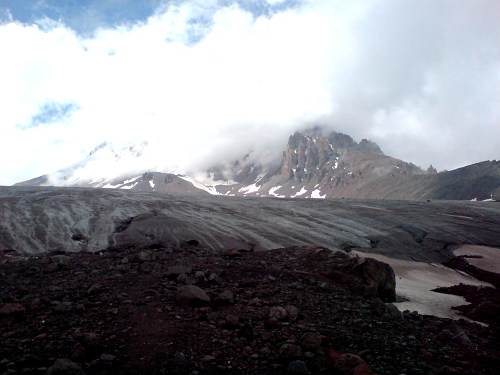
The clouded summit of Mt. Kazbeg with a glacier in the foreground.
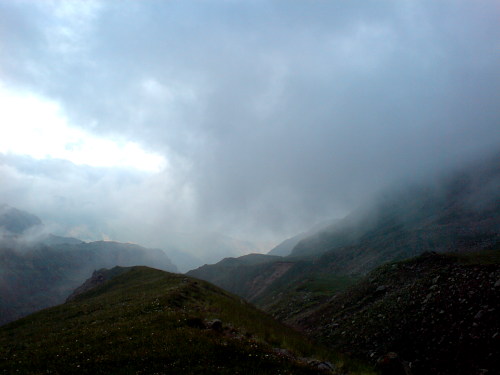
This is what I had before my eyes after accidentally straying off the path, lost on my own. For about 30 minutes, I had no idea where I was. At one time, I peeked over a ridge only to find a precipice. At that point, I’ll have to admit to feeling a bit uneasy. What bothered me the most was that nightfall was coming. Only minutes later, though, I could make out the path again in the remote distance.
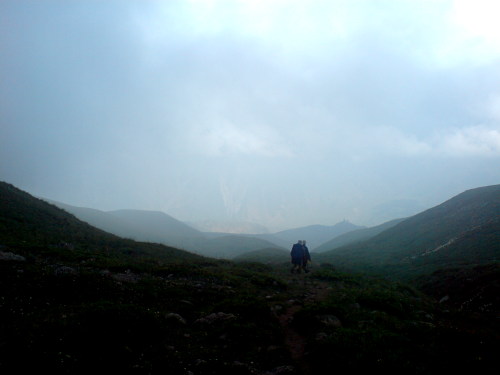
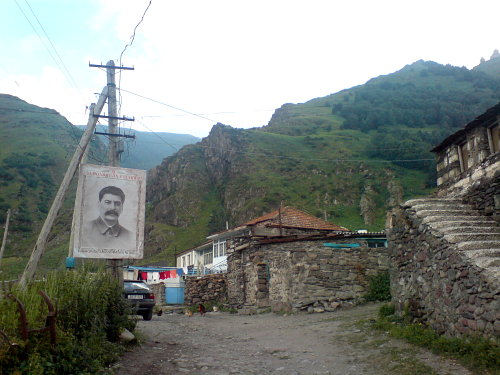
“ЗА РОДИНУ, ЗА СТАЛИНА”, meaning “for the homeland, for Stalin”. Creepy indeed. Earlier the same day a film crew had been shooting scenes for some Russian film in this neighbourhood. I hope the picture of Stalin is only a prop. However, I have seen other public pictures of the dictator in this area.
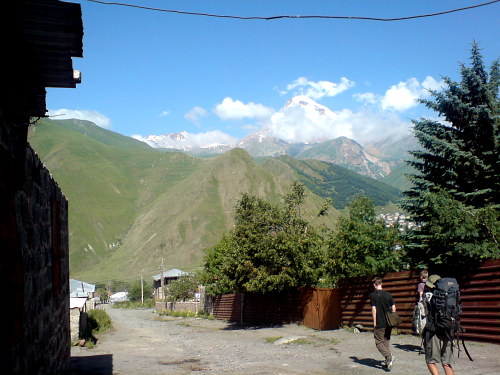
The snow-capped peak of Mt. Kazbeg.
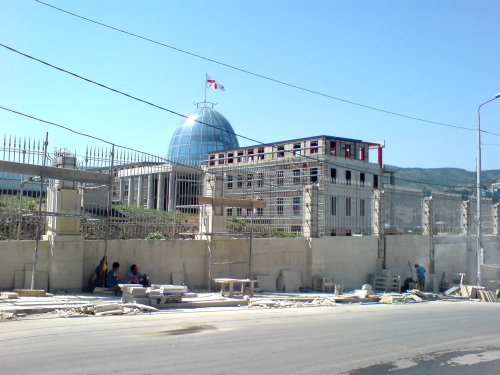
Back in Tbilisi, this is the new presidential palace under construction.
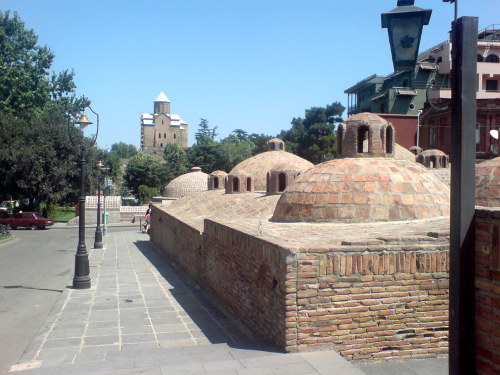
Sulphur baths in Tbilisi.
